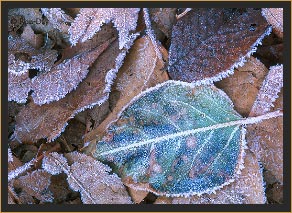|
The seasons reveal different aspects of this area, but considered together, they define the whole. The sighting of blue birds at Carlisle Cove is a harbinger of spring. Soon the
redbuds and dogwoods sprinkle the forest with pastel hues of pink and white. White bass start their movement up the lake to spawn in the cool clear waters of the
upper Illinois River. Wildflowers and butterflies adorn the meadows with eye-catching color. And pairs of cardinals, wrens, and titmice join the blue birds in
their nesting activities.
By June, foliage is lush. Visitors are attracted to the warm water. Camping, fishing, scuba diving, water skiing, and boating are
the activities of summer. The Illinois River becomes host to hundreds who come to canoe its
scenic waters. By late July, whitetail does are seen teaching the ways of the woods to young spotted fawns. Long summer days often end with multicolored sunsets reflected on still waters.
|
In autumn, bald eagles and white pelicans migrate to
the area. The pelicans are joined by loons and gulls at the water's surface to feast on baitfish chased by hungry white bass. The harmony
of snow geese is a welcome tune. And the oak and hickory forest puts on a coat of striking colors in celebration of fall. |
 |
When the winter wind strikes the towering stone bluffs, eagles ride high on the air currents in search of
fish. The fur of the deer is in sync with the season, providing camouflage in the barren hardwoods. Migrating wood ducks
and mallards stop over for a winter visit. The cold forest becomes quiet, and a single leaf drifts to earth like a floating
butterfly.
And, with each new season comes fond memories of what has been, and fresh dreams of what can be, in this majestic place I call home.
|